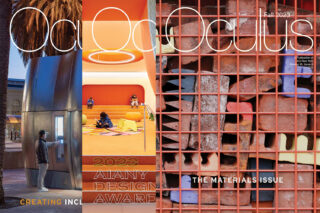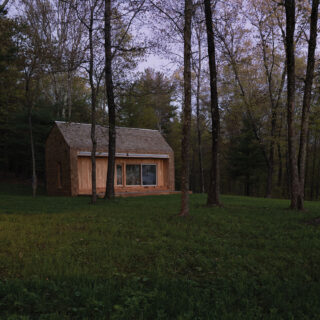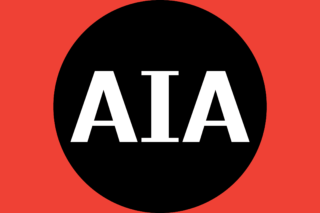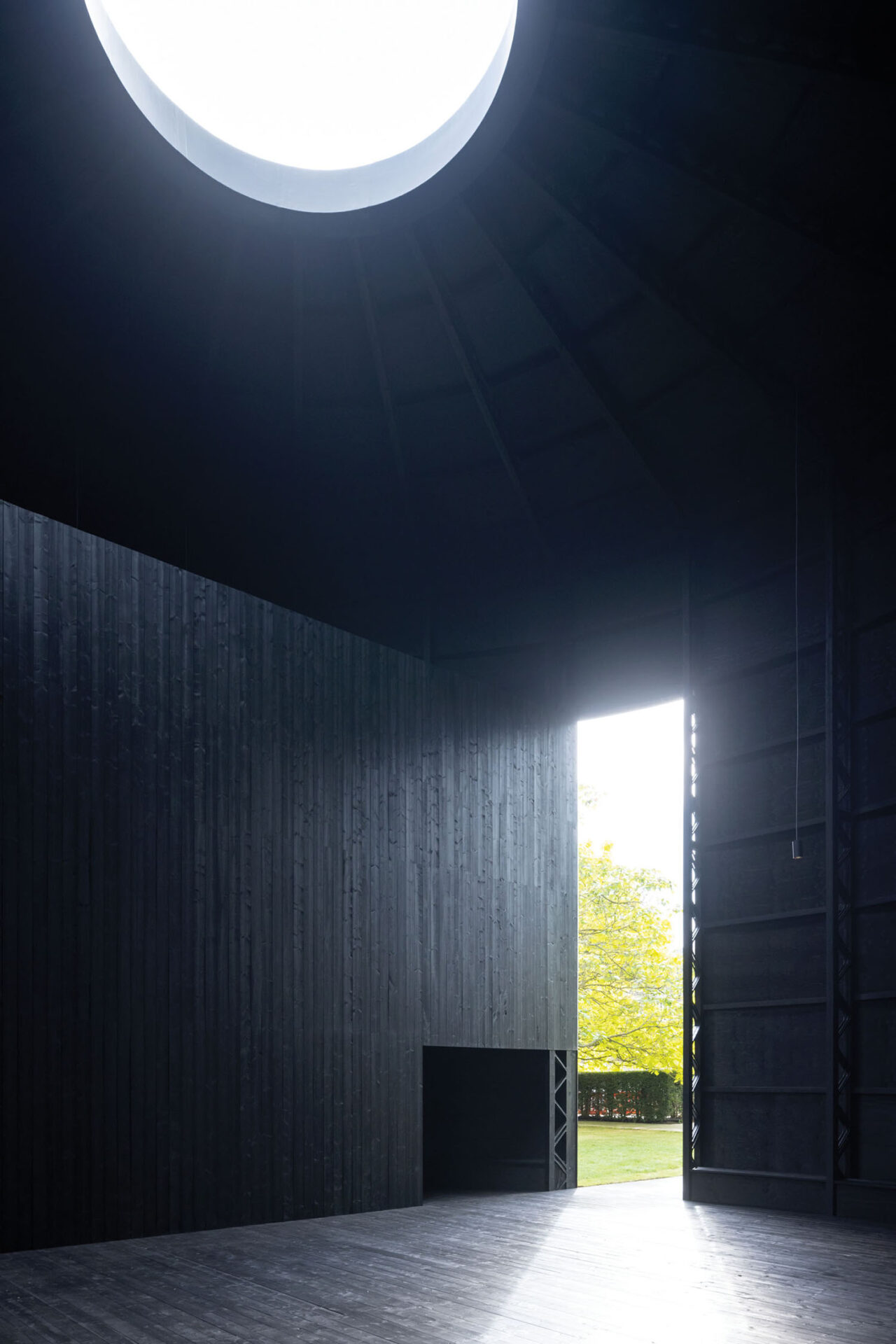
Figures used throughout the article from Grace Farms Foundation’s report Design for FREEDOM, available to download at designforfreedom.org.
Those in the architecture, engineering and construction (AEC) industries have long considered a host of issues related to environmental sustainability when they decide what materials and products to incorporate into their building projects. More recently, the importance of questioning the social sustainability of these building blocks—whether they are ethically sourced and forced-labor free—has come under the spotlight. Today, anyone in the business of specifying building products needs to be aware of the associated costs to humanity caused by their choices, and should learn how their actions affect the worldwide human rights crisis of modern slavery.
About 28 million people are now held in forced labor conditions, and close to 160 million children are subjected to child labor globally, according to a 2022 report by the International Labour Organization (ILO), a United Nations agency that seeks to advance social and economic justice by setting international labor standards. The ILO also notes that construction is one of the largest industrialized sectors at risk of forced labor.


Design for Freedom (DFF), an initiative of the humanitarian nonprofit Grace Farms Foundation, is taking the lead on removing forced and child labor from the building materials supply chain. The program was launched in 2020 by Sharon Prince, CEO and founder of the Grace Farms Foundation, following a working group she convened in 2017 with the late Bill Menking, founding editor-in-chief of The Architect’s Newspaper. In a 2019 investigation, Sciame Design traced the provenance of materials employed in the 60,000-square-foot roof of Grace Farms’s headquarters—an ethereal, serpentine building designed by SANAA that winds across its lush grounds in New Canaan, CT. “I realized that the disaggregated industry at large was getting an ethical building material transparency pass,” says Prince, pointing to an extremely complex supply chain that is difficult to oversee, given its global reach. “DFF’s core question is, ‘Am I subsidizing my ROI with slavery?’ Or, put another way, ‘Am I okay accepting the slavery discount?’”
Since its inception, DFF has evolved into a global movement geared toward raising awareness of forced labor in the materials supply chain. It urges those in the building industry to understand the source of the materials they use and ask for fair labor documentation from suppliers. Annual summits that bring together hundreds of professionals are held at Grace Farms’s headquarters, and the DFF Working Group—which commits to engaging with suppliers and employing particular ethical sourcing strategies—has grown from 10 to more than 100 members. DFF has also developed a toolkit to guide practitioners in implementing core principles. Of course, notes Prince, influential regulators and decision-makers must also demand the elimination of exploitation. “We are making fast headway in terms of several top AEC firms, owners, universities, and architecture and business schools,” she says.
To model transparent and forced-labor-free supply chains, DFF has partnered with architects, artists, builders, and others on pilot programs that use the toolkit and incorporate the initiative’s objectives of tracing the origins of materials. To date, there are eight pilot projects, including three that were announced at DFF’s March 2023 summit. Two of these are Black Chapel, the 2022 pavilion for the Serpentine Gallery designed by Chicago artist Theaster Gates, and the restoration of a grain market in Jodhpur, India, being undertaken by Diana Kellogg and JDH Urban Regeneration Project.
DFF worked with Centerbrook Architects and Turner Construction Company on the first building pilot project, the New Canaan Library, which opened last winter. DFF collaborated with 21 subcontractors, focusing on five materials to make this complex project more manageable. The team did not encounter problems with the materials they were specifying, says Peter Hamill, senior vice president, strategic development and northeast principal at Turner. “But we came to appreciate human rights as an issue that needs to be addressed in design and construction,” notes Hamill, “and we now have a process with which we can do that, if we concentrate on the manufacturing community.”
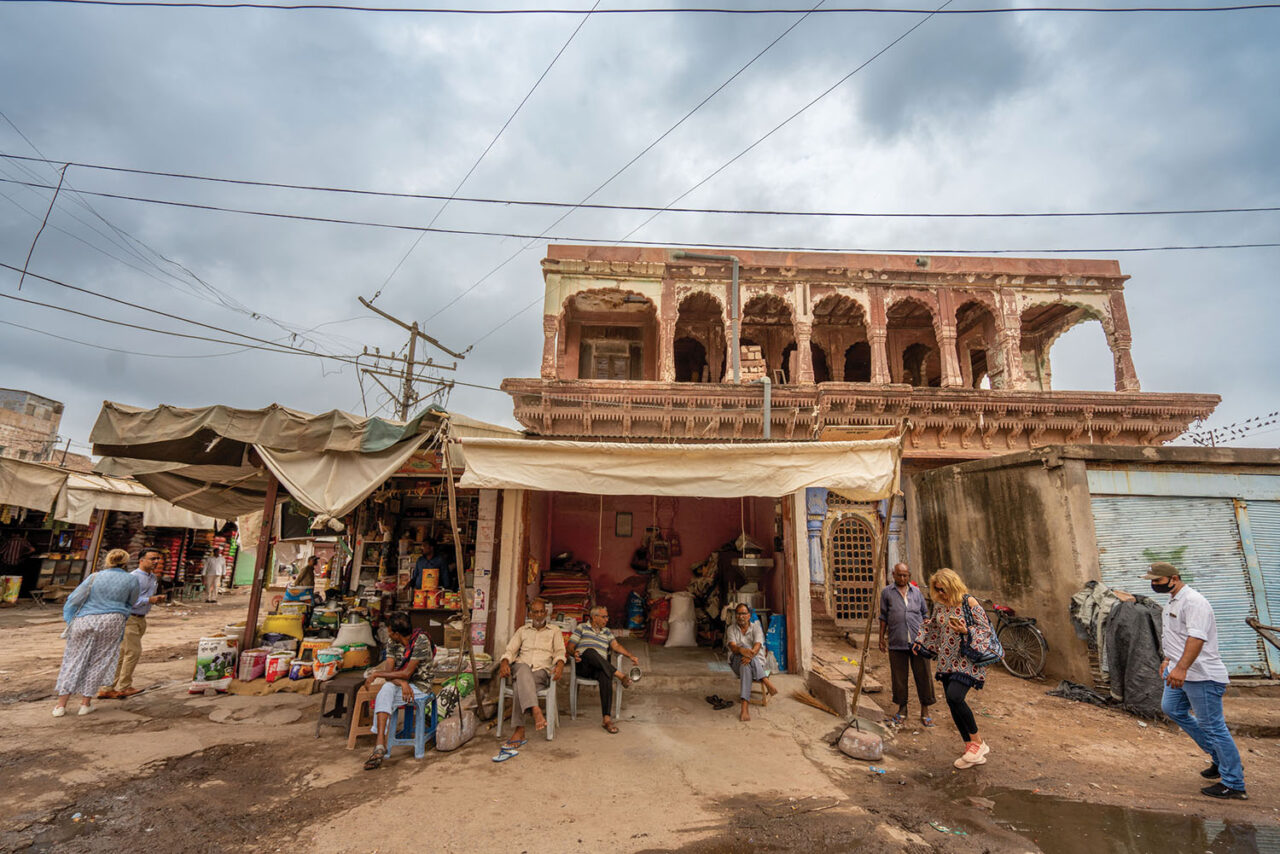

On a smaller scale, the Harriet Tubman Monument in Newark, NJ, designed by architect and artist Nina Cooke John, AIA, is the most recently completed pilot. The effort focused on tracing the dominant materials: steel, wood, and concrete. “The big item was getting the entire team on board,” says Cooke John, noting that the DFF group attended weekly fabricator meetings. Though fabricators did not always have answers to everything, says the architect, the takeaway was the asking of the questions. “I’m hoping that manufacturers will realize they need to have answers as more professionals start asking the questions repeatedly, and that if the answers are not satisfactory, they will have to shift gears in terms of where they are sourcing their materials.”
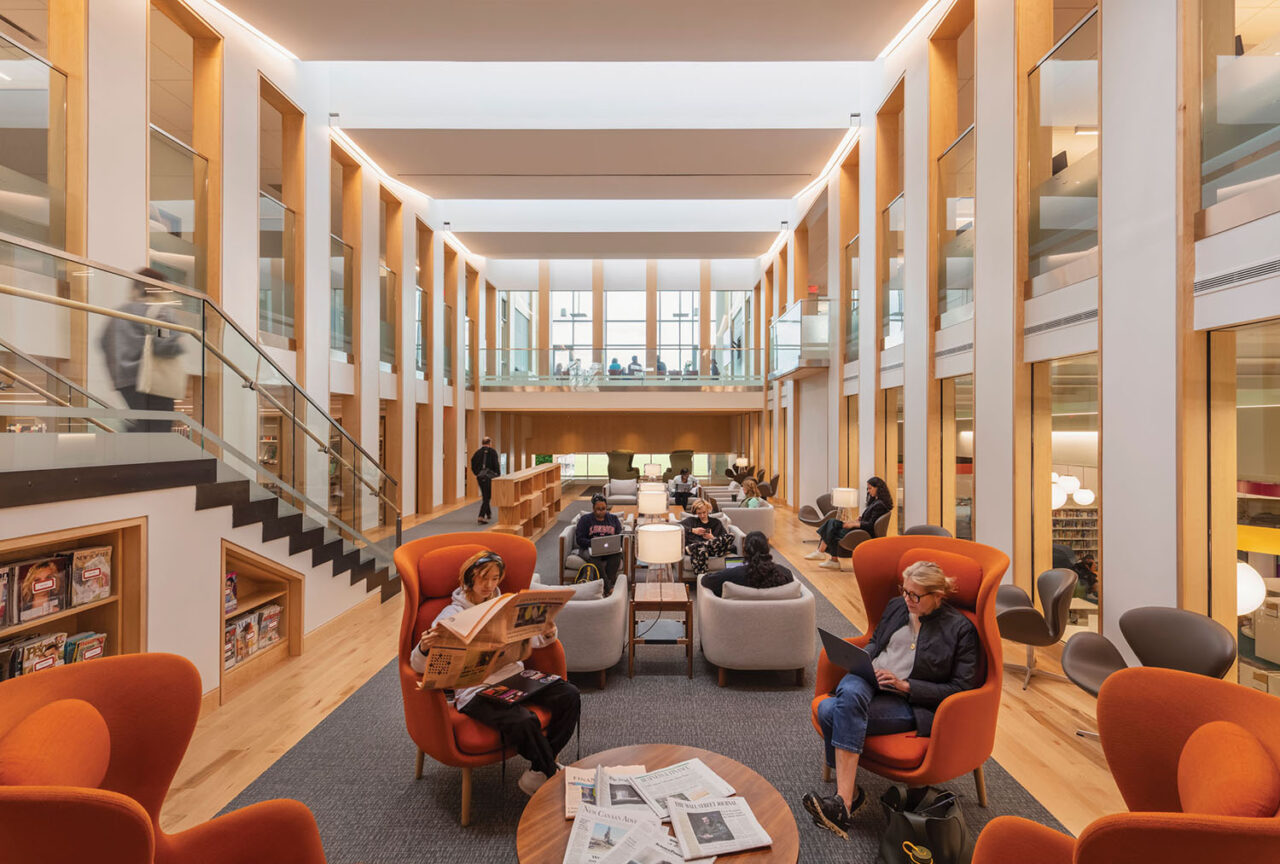
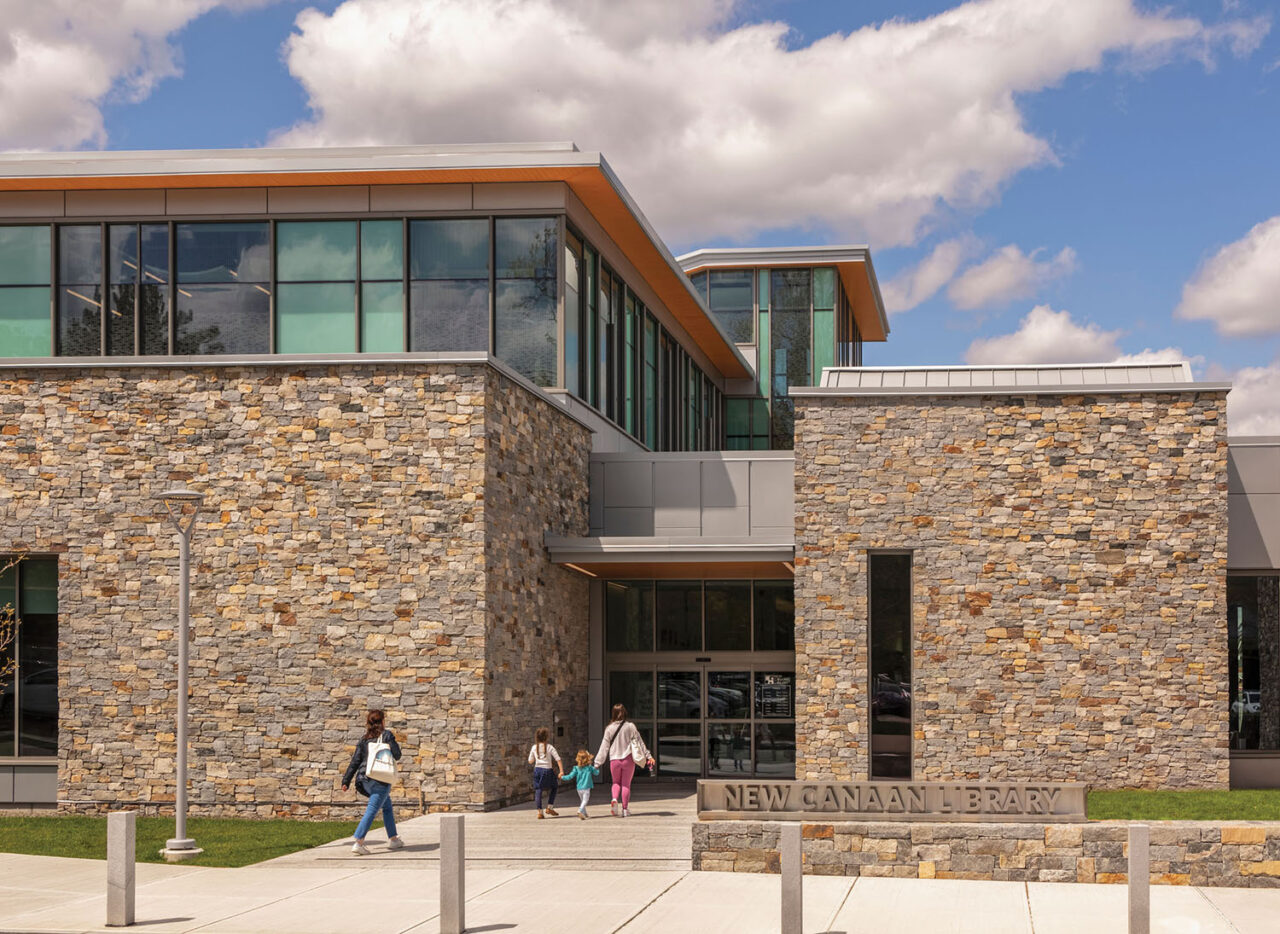
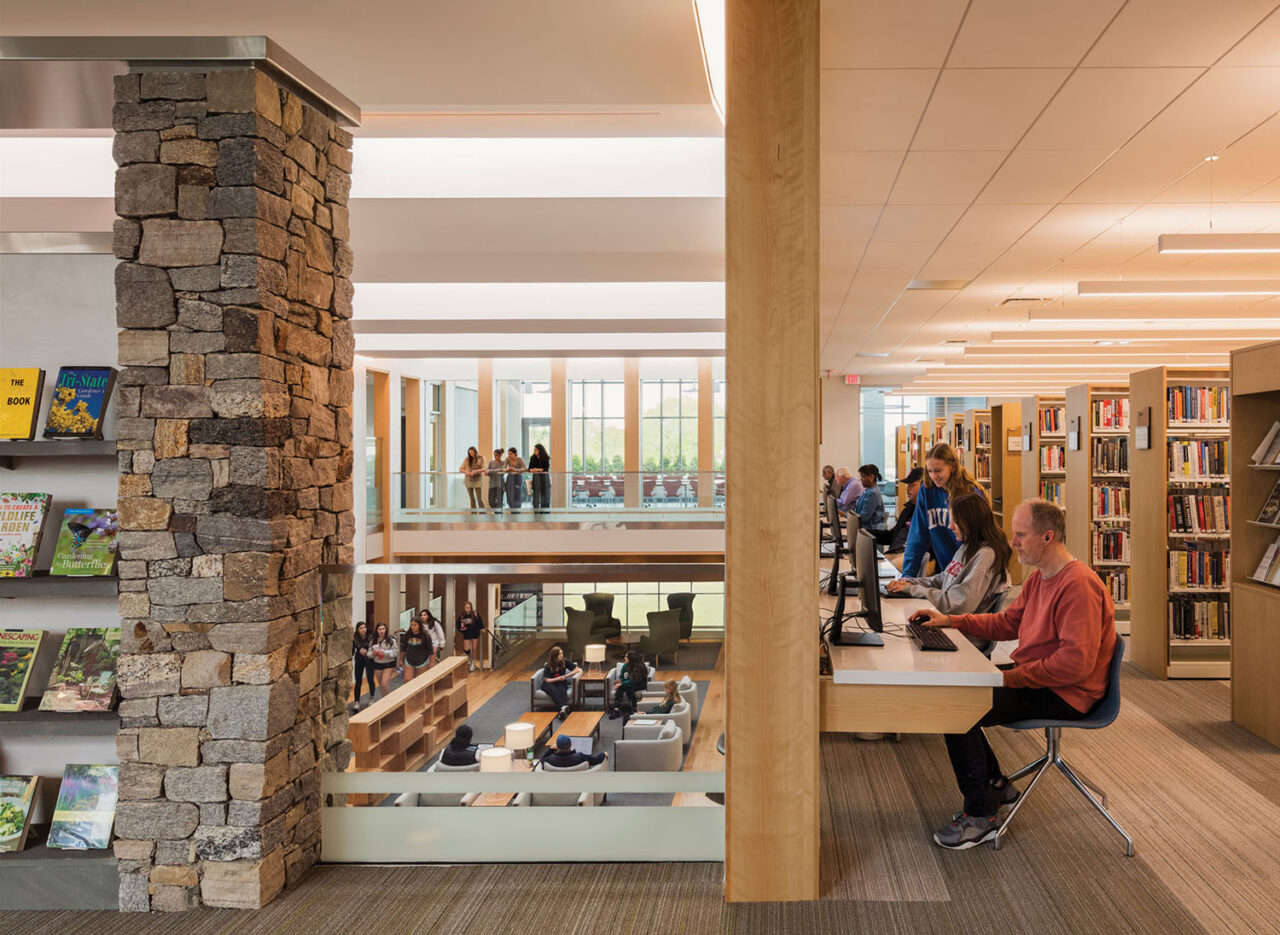
One pilot announced in March is MASS Design Group’s adaptive reuse of a windowless nightclub into a home for non-profit Unshattered, an organization that provides support to women overcoming addiction and trauma in Wappingers Falls, NY. The project is in conceptual design, and the team has not yet decided on which materials they will focus. But according to MASS Senior Principal Katie Swenson, “A wholesale mindset shift has to go into the project.” Given MASS’s commitment to green building through efficiency and embodied carbon, “for a long time we have been developing our systems around understanding where materials come from and how they’re transported,” says Swenson. “We have always thought about labor in terms of who is doing it and how to recruit local craftspeople. Design for Freedom layers on another way to look at this.”
Just as the supply chains are long, the reach of each pilot project is broad. DFF anticipates that over the course of one year, a million people will interact with one of the projects, helping to spread the importance of its mission.
As DFF moves forward, the team acknowledges it will need to bring a host of other players to the table, especially since so much of the built environment is constructed without involving architects. “Responsible procurement is already codified for human safety and wellness,” says DFF Working Group member Hayes Slade, AIA. “The next step is to add fair labor requirements to municipal building codes.” And, she continues, “we are looking for ways to bring clients into the initiative, particularly those that control a large built footprint, like developers, hoteliers, and retailers.”
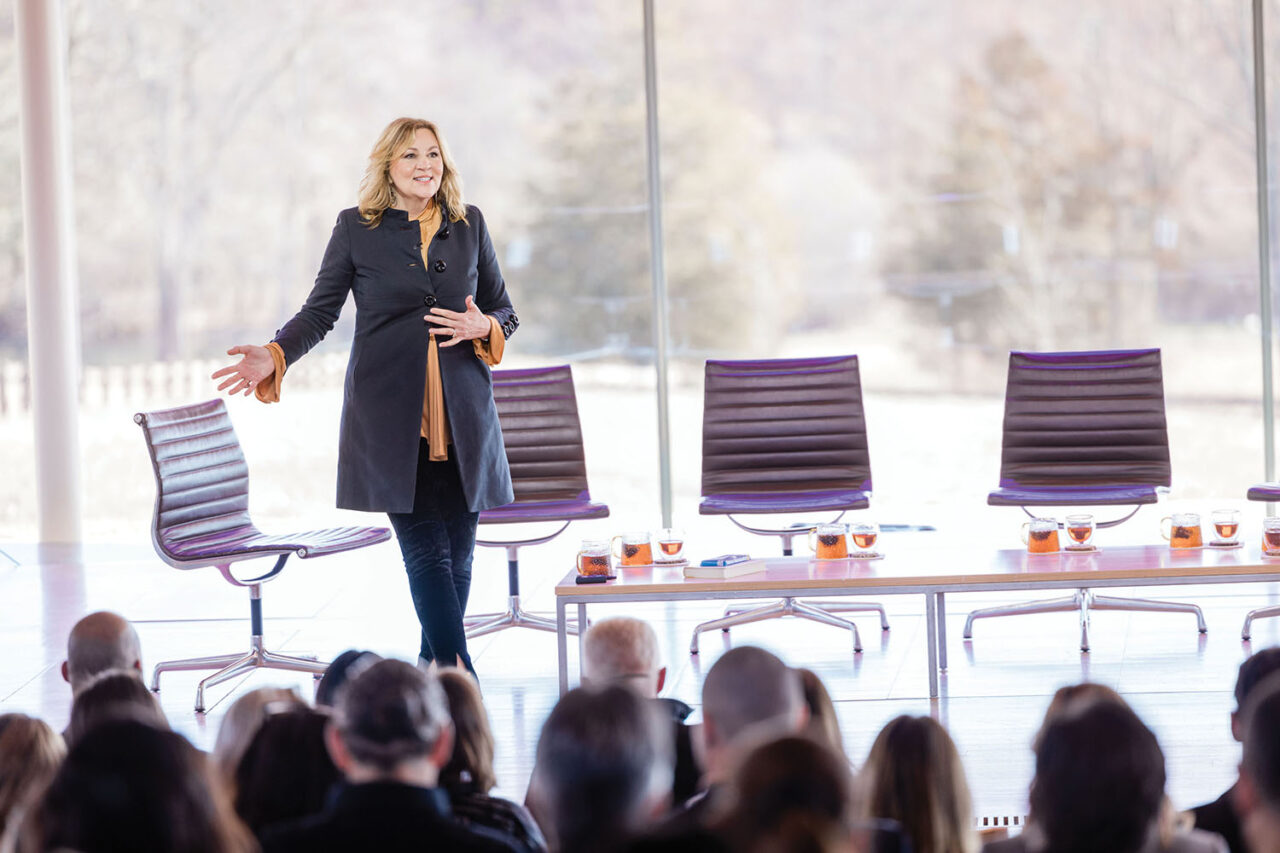

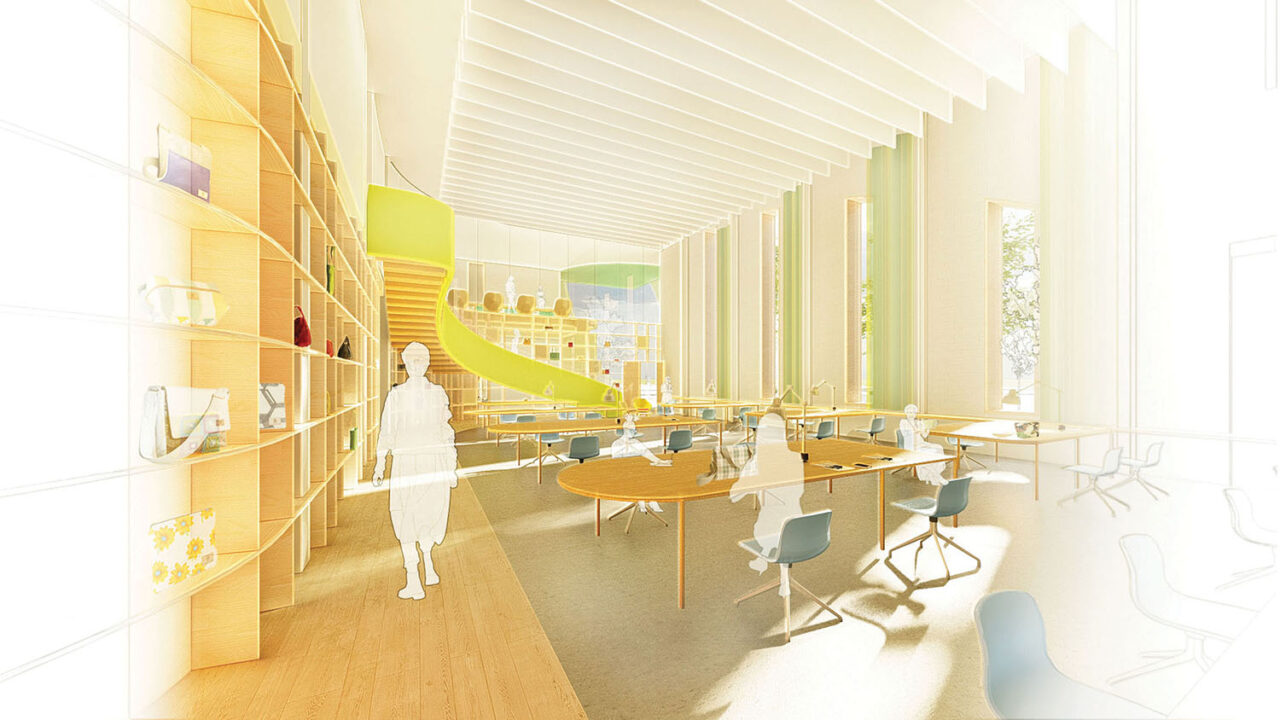
What is next for DFF? In September, a new report by Yale Center for Ecosystems + Architecture, the United Nations Environment Programme, and the Global Alliance for Buildings and Construction bolstered DFF’s work with its own exploration of the intersection of building materials, climate, and labor. And an upcoming workshop, co-hosted by Grace Farms, Turner, and the U.S. Department of State’s Bureau of Overseas Buildings Operations, will collaborate with major suppliers to propose strategies for navigating global compliance policies for supply-chain due diligence. Finally, in early 2024, DFF will open its first permanent exhibition at Grace Farms, which will showcase materials that have been traced and verified to the initial extraction point. Designed by Cooke John, it will also feature innovations developed by Anna Dyson, founding director of Yale Center for Ecosystems + Architecture, including new biomaterial textiles and ethically sourced solar panels—products typically at high risk for the use of forced labor.
“Almost all modern construction projects around the world are subsidized with slavery,” says Prince. “There isn’t a fair labor inspection of the thousands of materials that arrive on our project sites—even sustainable materials—and therefore there is no accountability. Grace Farms is working to change that.”
BETH BROOME is a contributing editor at Architectural Record and a writer based in Brooklyn.










